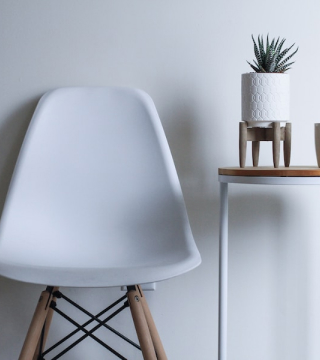With remote work becoming increasingly common, creating an ergonomic home office is essential for your health, comfort, and productivity. The right furniture choices can prevent fatigue, reduce injury risk, and improve your work performance.
The Foundation: Your Desk
Your desk height should allow your elbows to rest at a 90-degree angle when typing. Standard desk height is 29-30 inches, but adjustable desks accommodate different users and preferences. Ensure adequate legroom and consider a desk with built-in cable management.
Ergonomic Chair Selection
Invest in a quality ergonomic chair that supports your spine's natural curve. Look for adjustable seat height, lumbar support, and armrests. Your feet should rest flat on the floor with thighs parallel to the ground.
Monitor Positioning and Accessories
Position your monitor 20-24 inches from your eyes, with the top of the screen at or slightly below eye level. A monitor arm can help achieve proper positioning while freeing up desk space.
Lighting and Workspace Layout
Proper lighting reduces eye strain and improves focus. Position your desk perpendicular to windows when possible, and add task lighting to supplement natural light. Keep frequently used items within arm's reach.
Storage and Organization
Organized workspaces improve productivity and reduce stress. Choose filing cabinets, desk organizers, and shelving that keep your workspace clutter-free while maintaining easy access to essential items.
Movement and Flexibility
Consider a standing desk converter or balance board to encourage movement throughout the day. Regular position changes improve circulation and reduce the negative effects of prolonged sitting.
Creating an ergonomic home office is an investment in your long-term health and career success. Take time to set up your workspace properly – your body will thank you.










